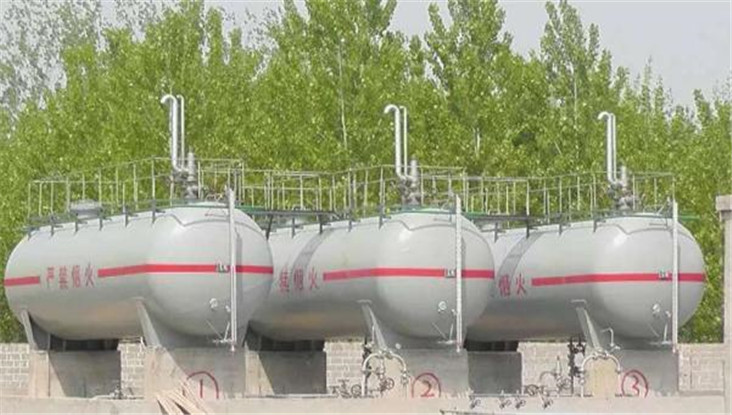Problems need to be noted in crude oil storage
As the global oil price falls, the oil market is oversupplied and buyers are eager to stock up, leading to a scramble for crude oil storage tanks around the world. However, it is not easy to store crude oil.
Crude oil is inflammable, explosive and volatile, which determines that the storage conditions of crude oil are more stringent than those of other industrial products. For these reasons, crude oil storage areas are typically separated from other storage warehouses, which not only need to be away from residential areas, but also need to have a certain protective distance from the surrounding buildings, and located in the downwind. Moreover, crude oil storage sites should be equipped with complete fire-protection facilities to prevent accidents.

The main methods of crude oil and oil storage are bulk storage and packaged storage. Packaged storage refers to storage in the form of standard barrels, while bulk storage refers to storage in the form of oil storage tanks. Crude oil storage tank is currently the most commonly used vessel for oil storage. Its main forms are vertical cylindrical, horizontal cylindrical, vaulted-roof tank, spherical tank, etc., users can choose according to their actual needs.
According to the construction of oil depot, bulk crude oil or oil products can also be used to store oil above ground, semi-underground storage and underground storage of oil, water sealed stone cave storage of oil, underwater storage of oil and other ways.

Precautions for crude oil storage
The chemical properties of crude oil is relatively active. Therefore, in order to ensure the quality of oil products during oil storage, attention must be paid to reducing the impact of temperature, air and moisture, sunlight and metals on oil products. Under normal circumstances, crude oil is stored in a sealed manner to minimize the contact between crude oil and the outer space, so as to ensure the quality of crude oil.
Due to its strong fluidity, crude oil with different qualities cannot be cross-stored, but separately.
With the high freezing point of crude oil, the crude oil will solidify if the temperature is too cold and resulting in the inconvenience of transportation and use. Therefore, the temperature in the crude oil storage area should not be too low. Once the crude oil condenses, the tank body needs to be heated. Currently, there are two ways to heat the crude oil storage tank: one is coil heating, and the other is heating it locally and quickly. The former is a kind of heating method of crude oil widely used at present; The latter has the characteristics of better energy saving and high heating efficiency.

Crude oil has a certain expansibility, that is to say, its volume will expand and shrink as the temperature increases or decreases. Oil expansion is related to volume and temperature. Generally speaking, the lighter the oil, the greater the expansion coefficient. Therefore, when making the storage, it is necessary to leave a certain amount of spare space for the vessel so as to adapt to this feature.
Due to the the high risk of fire and explosion of oil products, it is necessary to reduce the sensitivity of oil explosion and apply the material with good flame retardant property. In addition, crude oil also has certain toxicity. When the temperature is high, the volatilization of crude oil may produce toxic substances, so the operators also need to take some necessary protective measures.
